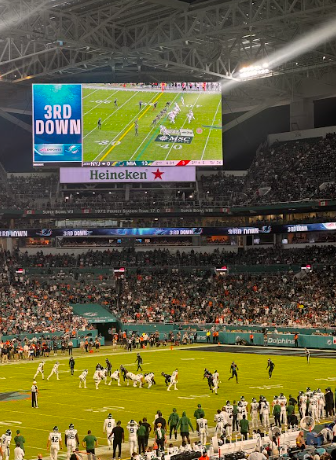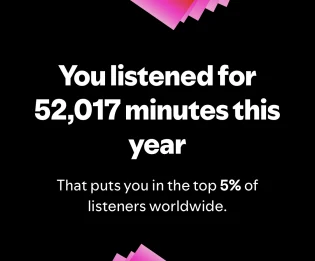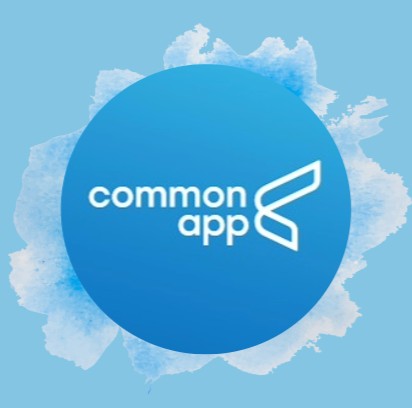What’s the Deal on Dual Enrollment?
August 31, 2022
Dual Enrollment is a GPA boosting and college credit earning opportunity for high school students as early as ninth grade offered through PBSC and FAU. Dual Enrollment is an outlier, compared to AP and AICE classes, since any classes you may take in the program are off campus. Therefore, you have more responsibility over your classes, as some college professors do not accept late work, nor will any professors remind you of when assignments are due like your high school teachers.
Here at West Boca, Palm Beach State College is the main source for Dual Enrollment classes, but FAU is also a viable option. The goal of Dual Enrollment is to get your A.A. (Associate of Arts) degree while in high school. A PDF is provided by your guidance counselors when you ask about Dual Enrollment, which includes instructions on signing up and the program’s requirements. However, even though you are supposed to discuss these steps with your guidance counselor as advised in the PDF, interaction with your guidance counselor is not entirely necessary, except for one step.
Before signing up for Dual Enrollment, you have to make sure that you satisfy some requirements, such as:
- Having at least a 3.0 GPA
- If you’re a freshman, you need at least a 3.5 GPA
- A college-ready test score:
- ACT: Reading 19, English 17, Math 19
- PSAT/SAT: Reading 24, Writing 25, Math 24
- PSAT scores can’t be used if they’re more than two years old.
- PERT: Reading 106, Writing 103, Math 114
- You can take this at PBSC or another testing location if you have no other applicable test scores
Pros of Dual Enrollment:
- Classes can be online, live online, hybrid, or in-person for flexibility
- Courses can count as 0.5 or 1 credit for high school credit depending on the class
- Classes are weighted the same as AP classes (which boosts your GPA)
- Two courses can be taken in addition to your high school schedule
- Save money (the school district pays for everything)
- Some classes are easier than their AICE or AP counterparts
Cons of Dual Enrollment:
- If you withdraw from a class after the 100% refund date, you will get a W and will not be allowed to enroll again (this does not apply if you withdraw before the withdrawal date)
- You must earn a C or higher in any dual enrollment courses
- No reminders from professors
- Extra coursework
- Restricted to eight semester hours every term
- FAU is restricted to four semester hours during the summer term
If you decide to dual enroll, here are some tips to help you on your journey.
Pick your classes before registration opens for a new semester. Some classes like Oceanography fill up quickly due to the high demand. So, it’s better to have already filled out your authorization request before registration. Since there are multiple professors for the same class, Rate Your Professor is a great way to figure out what your experience with a specific professor will be like.
Pick classes based on what you’re interested in. Keep in mind that some classes can also count as credit for your high school graduation requirements (and if they don’t, courses count as electives). Your guidance counselor will push you to take as many classes as possible, to get your A.A. degree before graduating.












































